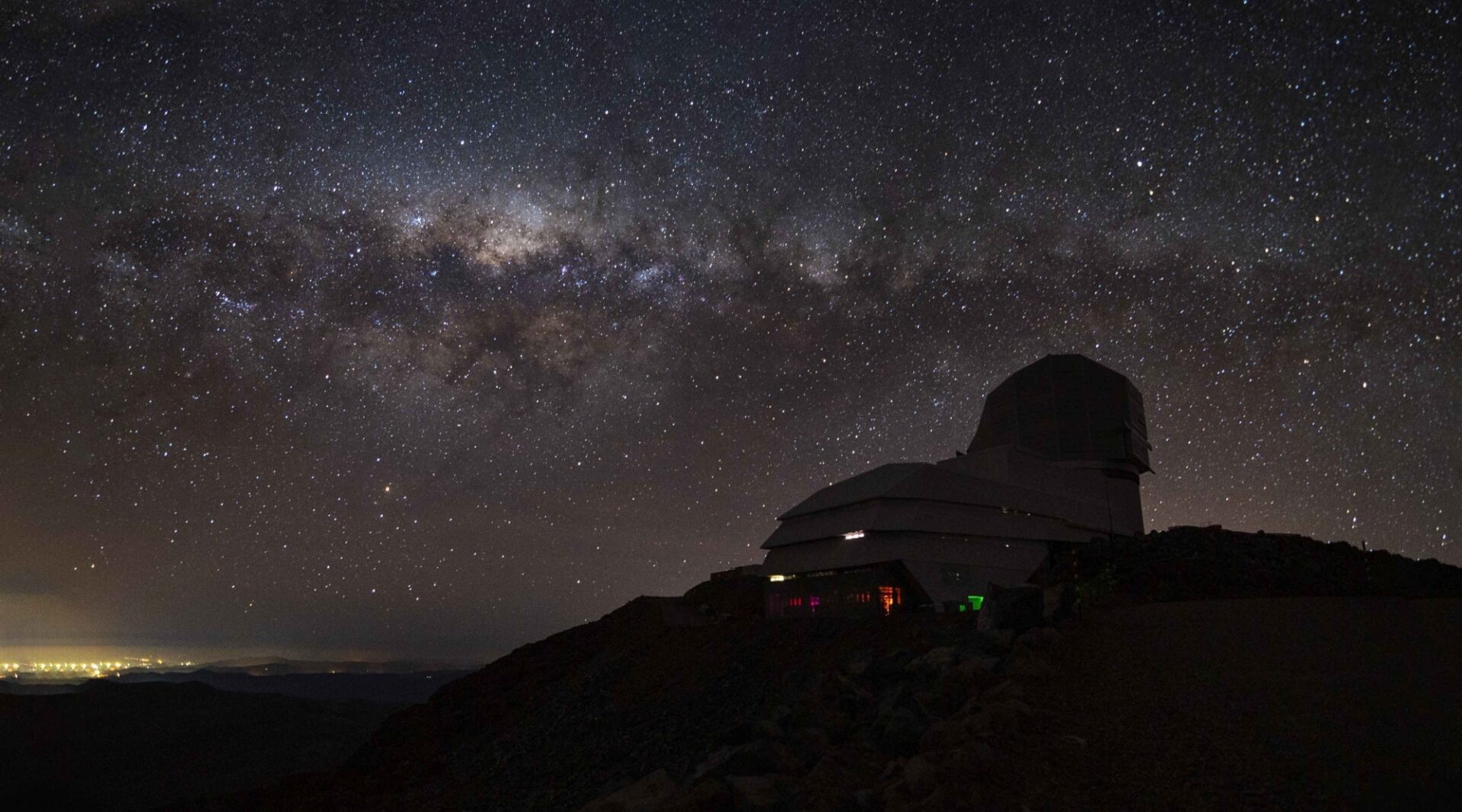Milky Way Formation
If you are lucky enough to be someplace where the sky is very, very dark, you'll see the Milky Way—huge, majestic, and dominating the night sky. Most civilizations have stories to explain how the Milky Way came to exist. So what is the story modern astronomy tells of how the Milky Way formed?
All galaxies started as small clumps—or halos—of dark matter, gas, and stars in the early Universe. These halos were pulled together by gravity to form bigger and bigger galaxies. Ultimately, that means that all large galaxies like the Milky Way have been forming for over 10 billion years, as a series of hundreds of these mergers. Some of these mergers happened so long ago that their traces are mostly lost. But some were so big, or so recent, that we can actually look for the remnants they left behind. What are these remnants, and how do we find them?
Let’s start with the Milky Way and imagine it has a smaller, companion galaxy that is orbiting the Milky Way like the Earth orbits the Sun. But the companion galaxy doesn’t have enough energy and momentum to keep moving around the Milky Way. Gravity is pulling the Milky Way and the companion closer together and the two are destined to collide and merge. As the companion galaxy falls onto the Milky Way, the gravity of the Milky Way is so strong that it actually starts tearing apart the companion galaxy. The companion’s stars get pulled out into streams that can sometimes be so long as to wrap entirely around the Milky Way. So the companion galaxy—as we knew it—is gone. It’s no longer a single object that we can point to, but its stars will continue to form these streams for a long time. How many stars there are, the width of the streams, the paths the streams follow, and the properties of the stars themselves all indicate to scientists how big the companion galaxy was, when it formed, and what path it took around the Milky Way.
We can also use these stellar streams to reconstruct the formation history of the Milky Way. So far, we’ve found 23 streams around the Milky Way but we think there might be more! Light from what used to be a galaxy is now spread out into these thin streams instead of being concentrated in one spot, so these streams can be extremely faint and cover a large area of the sky. Rubin Observatory will be a powerful tool to help scientists identify and observe these streams, because it will image the entire Southern Hemisphere sky more deeply than ever before.
Scientists will use Rubin data to help tell the story of our own galaxy better than ever, and to map the history of the Milky Way.
